In his attempted conquest of America, Le Corbusier opened his second lecture in Argentina in 1929 with “ladies and gentleman, I begin by drawing a line that can separate.” Editors E. Sean Baily and Erandi de Silva of BI Publications and the BI blog begin their new book ‘FREE’ from a similar point of departure, setting out to question the power of the line from an architectural perspective.
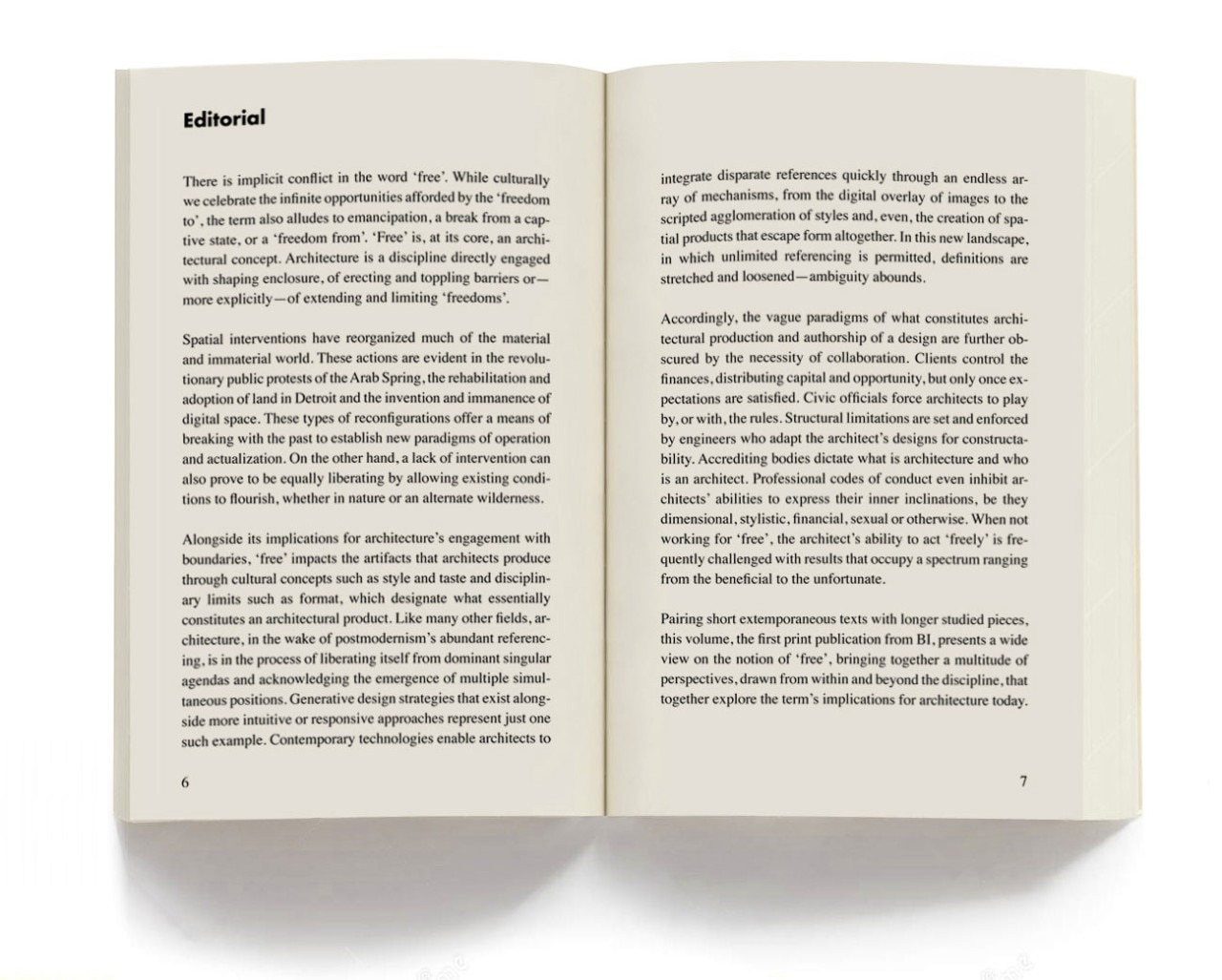
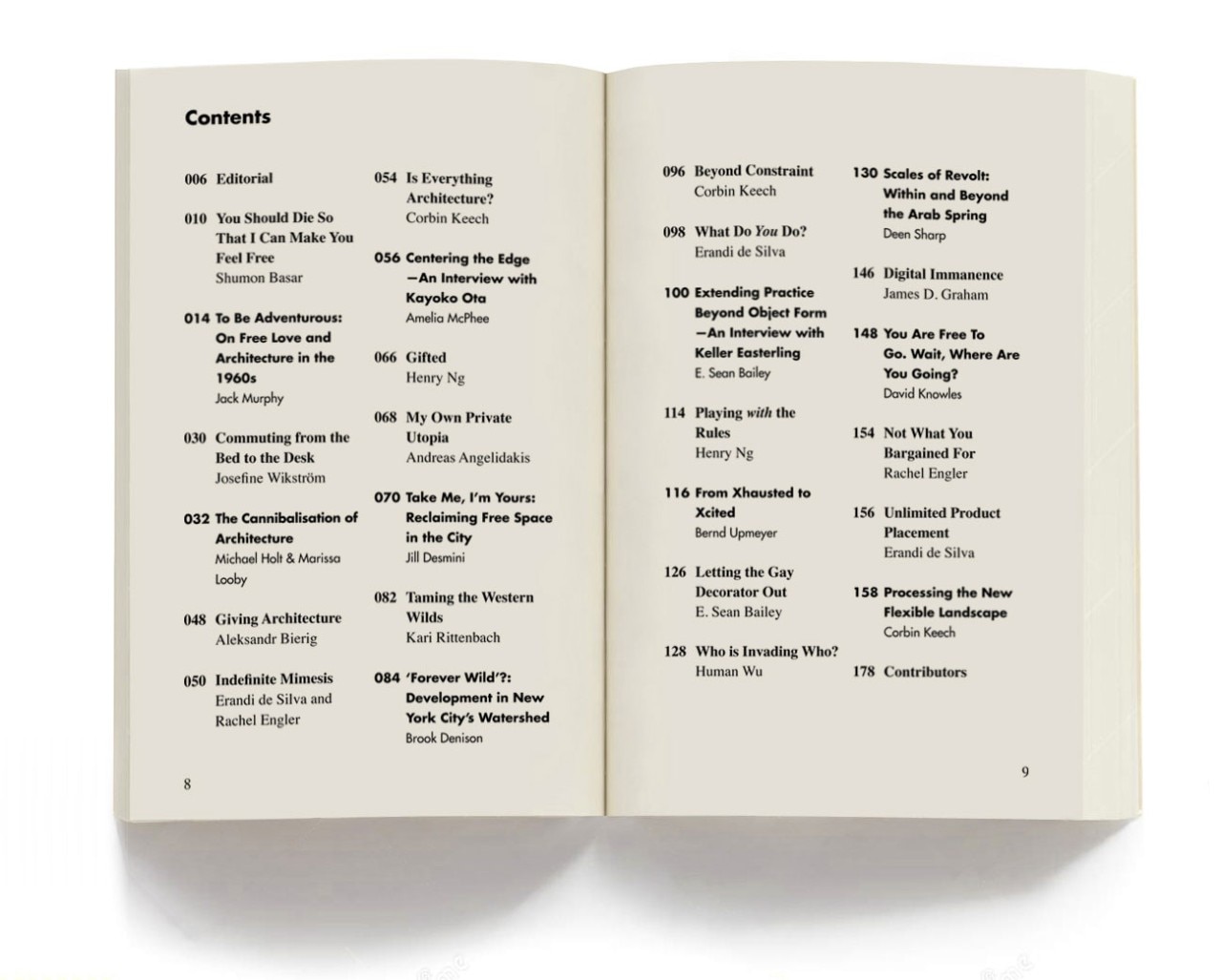
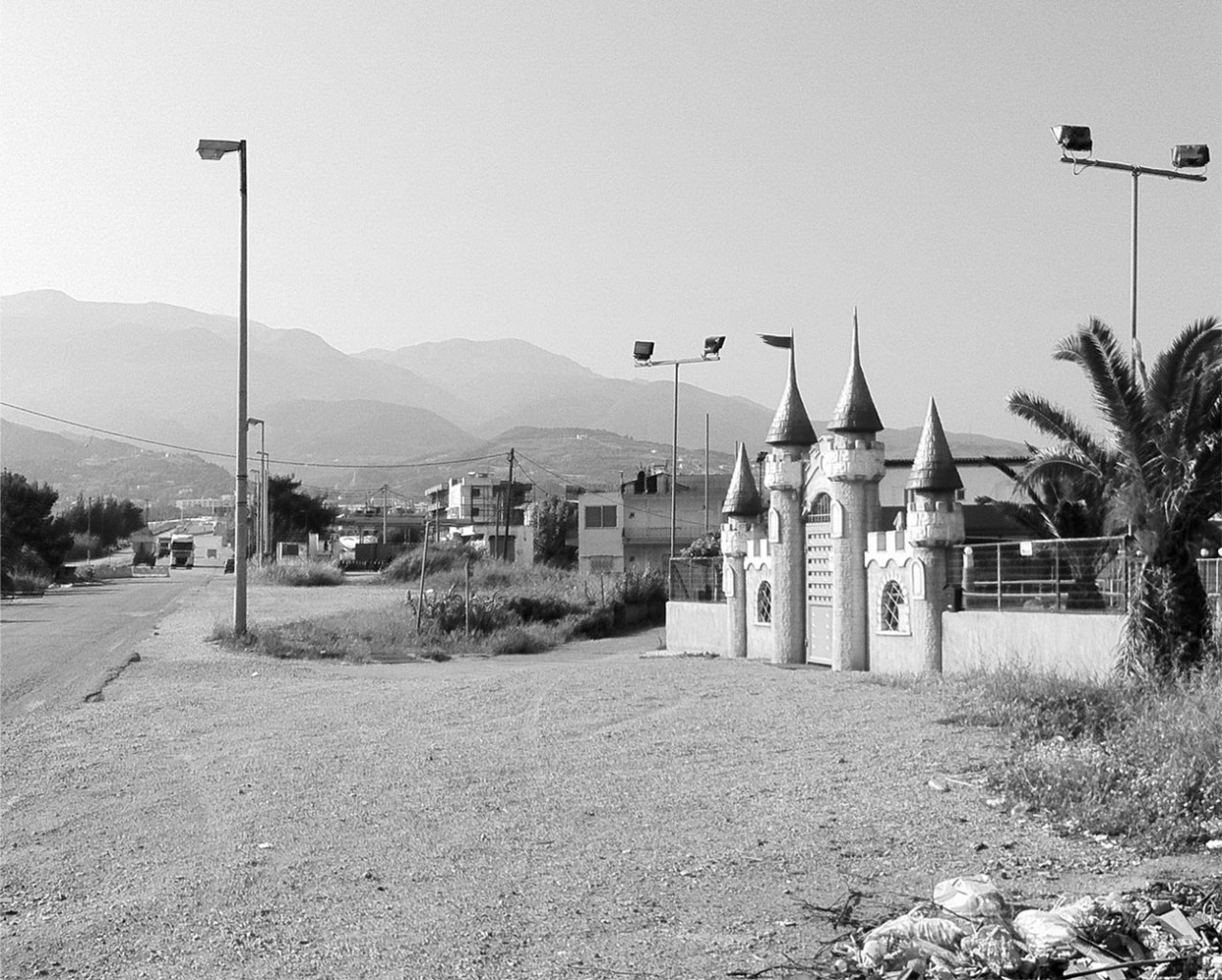
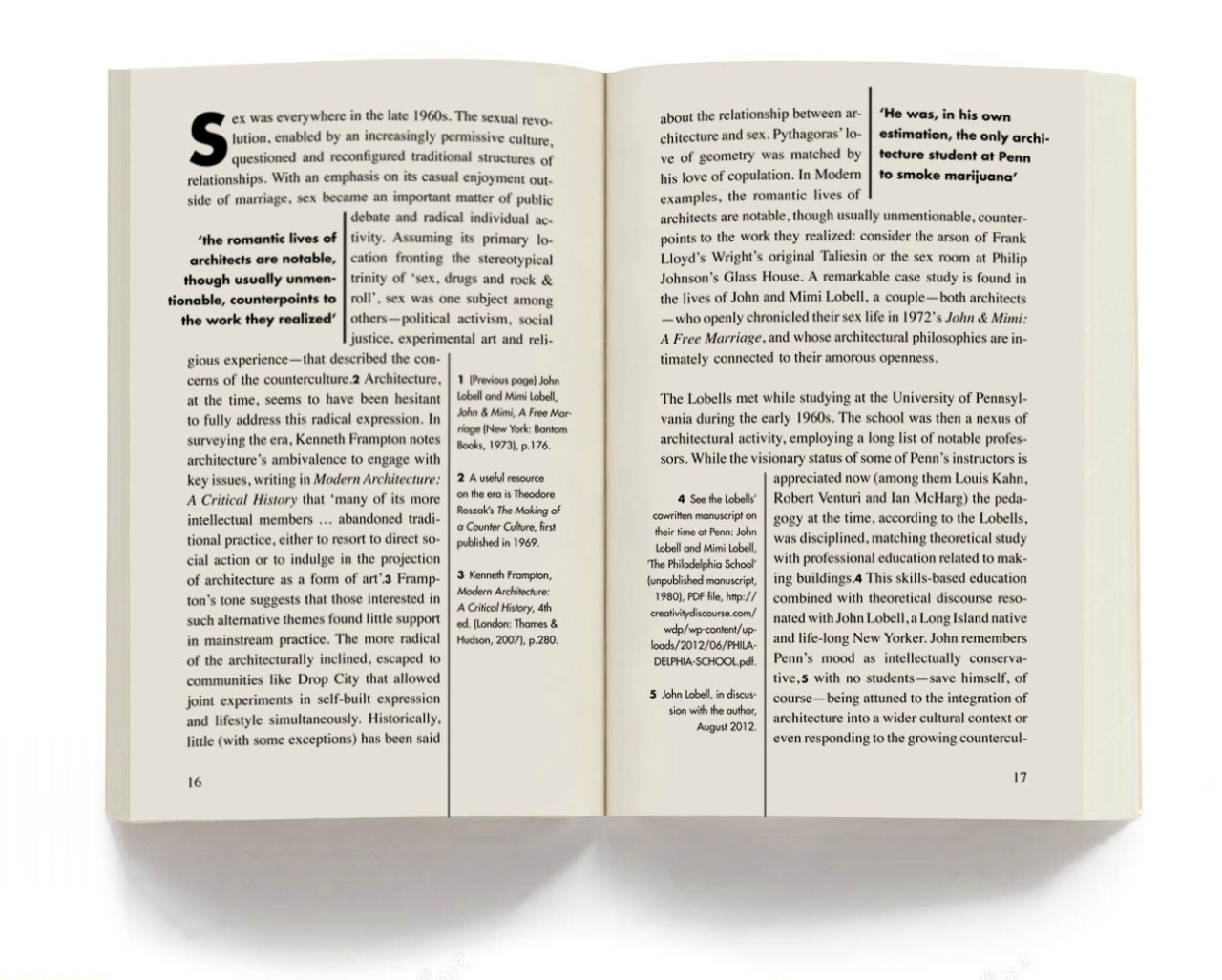
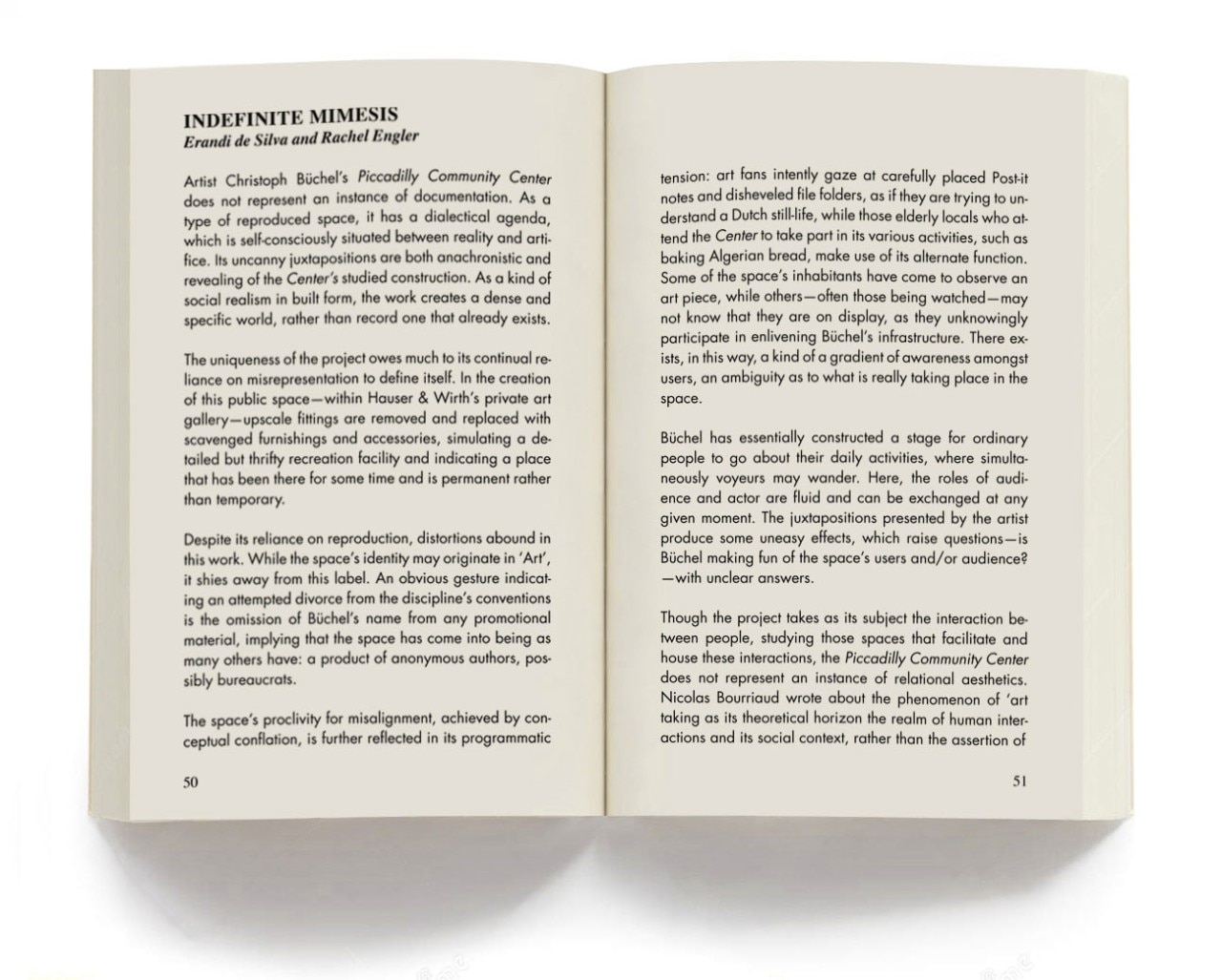
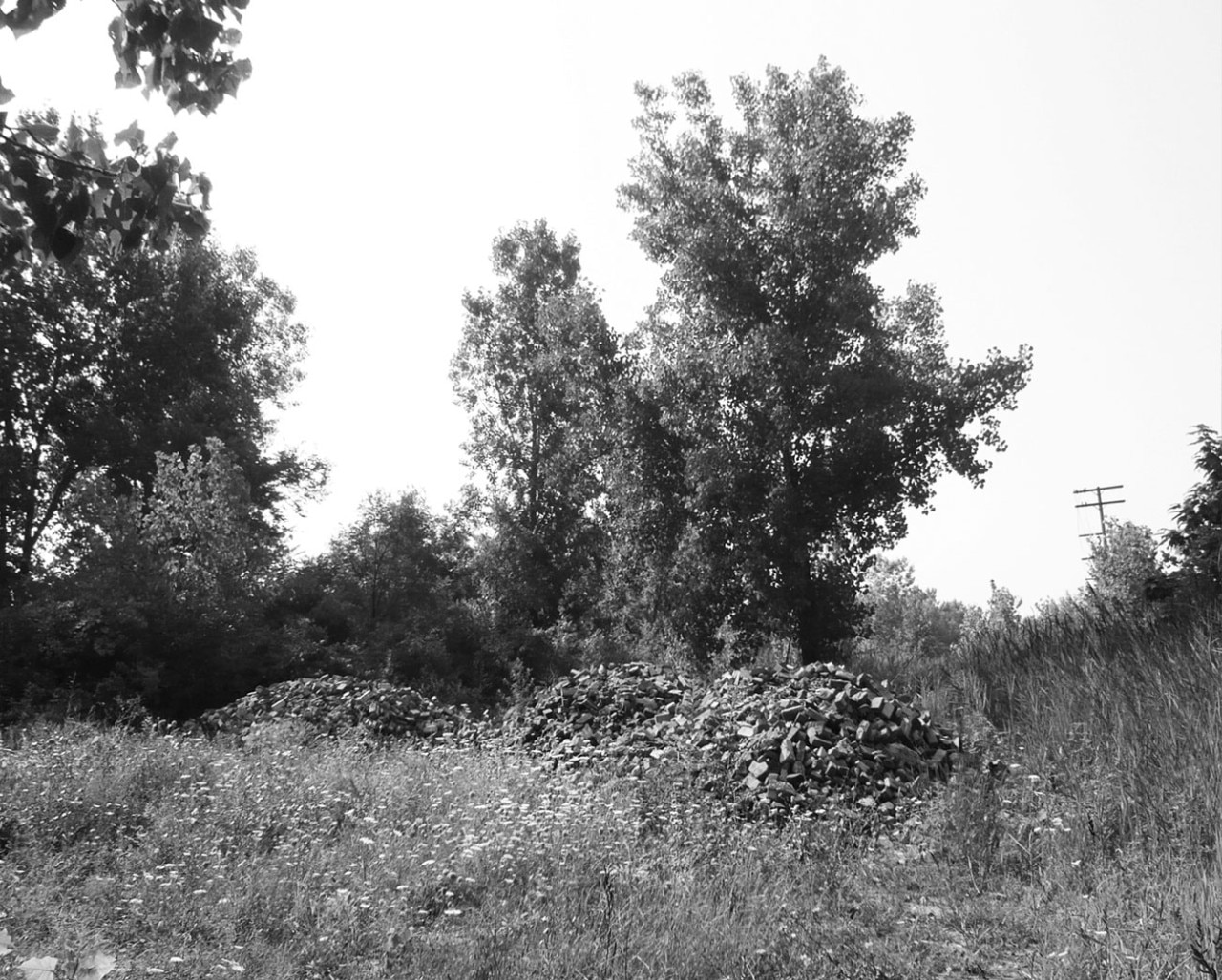
Note:
1. Zizek, S. And Schelling, F. (1997) The Abyss of Freedom / Ages of the World. Ann Arbor, Mich.: University of Michigan Press.

